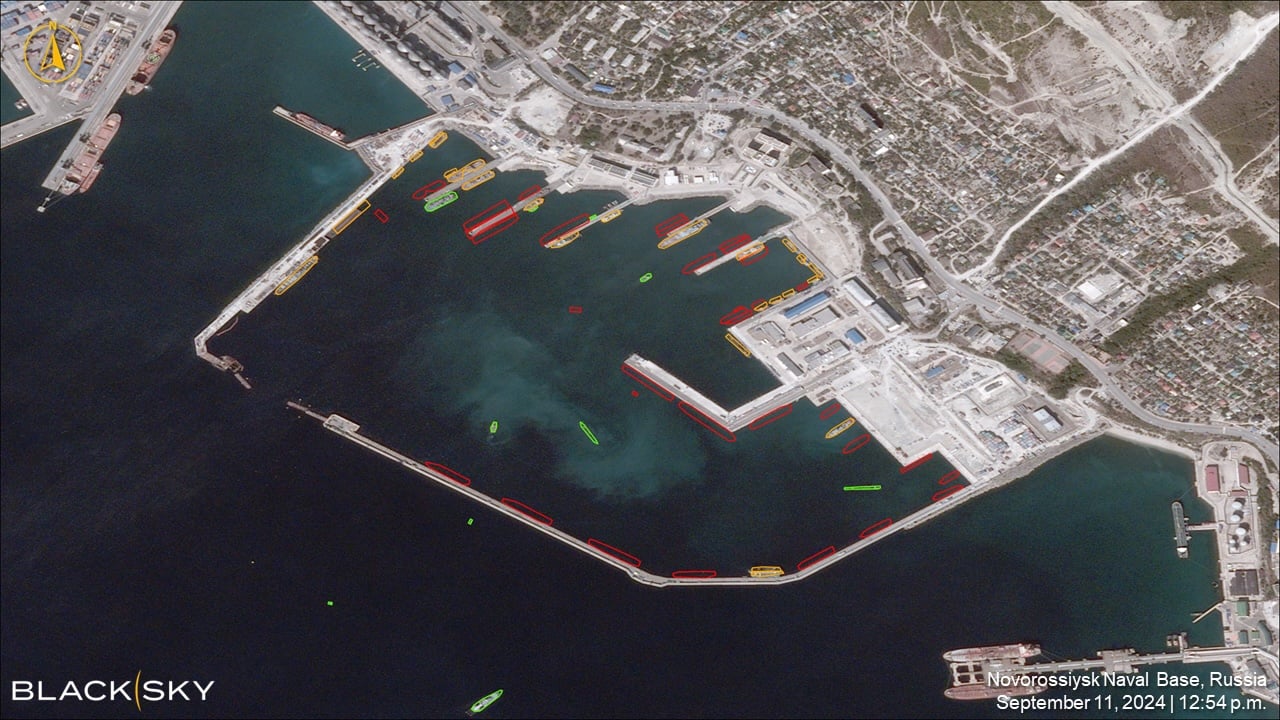National security insights for space professionals
National security insights for space professionals. Delivered Tuesdays. |
|
|
|
Welcome to this week's edition of SpaceNews Military, your concise source for the latest developments at the intersection of space and national security. In this issue, we cover:
- Space Force looks to create "commercial antenna marketplace" - Anduril makes moves in military space market
If this newsletter was forwarded to you, sign up for free here |
|
|
|
 |
Space alliance celebrates 10 years
The multinational partnership known as the Combined Space Operations (CSpO) initiative marks its 10-year anniversary.
Formed in 2014, the CSpO was established to promote responsible behaviors and strengthen cooperation in safeguarding global space assets. The coalition has grown to include 10 member nations: Australia, Canada, France, Germany, Italy, Japan, New Zealand, Norway, the United Kingdom, and the United States.
"Space is integral to our shared prosperity and security," the U.S. Department of Defense said in a statement. "However, the security and stability of space are at risk. We are committed to ensuring the lawful and sustainable use of space, and the prevention of conflict.
|
|
|
|
| | Civilian agency takes lead on space traffic coordination
The Commerce Department this week began providing space situational awareness data to selected satellite operators, marking a significant shift as a civilian agency takes the reins on space traffic management from the military for the first time.
The National Oceanic and Atmospheric Administration announced that the initial phase of its Traffic Coordination System for Space (TraCSS) is now operational, delivering basic space situational awareness data and traffic coordination services to a beta group of nine satellite operators, including both government and commercial entities. TraCSS aims to prevent satellite collisions by providing warning notifications for potentially endangered satellites. The system currently delivers conjunction data messages (collision alerts) for about 1,000 space objects six times daily. DoD will continue providing services during the transition until Commerce can fully assume the mission. Commerce plans to expand TraCSS capabilities through September 2025, including: Establishing a dedicated TraCSS.gov website Integrating additional commercial space situational awareness capabilities Migrating satellite operators from DoD's Space-Track.org to TraCSS The shift to civilian-led space traffic management aims to improve support for civil and commercial users while allowing DoD to focus on core defense missions.
|  | | |
Anduril makes moves in military space market
Anduril Industries, a defense tech firm known for its AI-powered weapons systems, is making moves to establish itself as a player in the military space market. The company today announced a partnership with satellite manufacturing startup Apex as part of its strategy. Anduril's collaboration with Apex is centered on leveraging the latter's rapidly producible satellite buses for hosting AI-powered payloads capable of edge data processing in orbit. Gokul Subramanian, Anduril's senior vice president of space and engineering, cited Apex's ability to deliver commoditized satellite buses on accelerated timelines as a key factor in the selection. Anduril's edge-processing payload successfully launched on Apex's Aries bus in March. This mission also served as a testbed for Anduril's Lattice command-and-control software, demonstrating its ability to communicate with orbiting spacecraft. Looking ahead, Anduril plans a self-funded mission in 2025 using an Apex Aries bus.
In related news, Anduril secured a $25.3 million contract from the U.S. Space Force to upgrade the data integration and communication systems of the Space Surveillance Network (SSN).
The SSN, a Cold War-era global network of sensors, is crucial for tracking satellites, space debris, and providing early warnings of ballistic missile launches. Anduril's SDANet, a modern mesh network, augments the SSN's aging Space Defense Interface Network, leveraging commercial space internet services like SpaceX's Starlink for high-speed connections between space domain awareness assets. Anduril's push into space builds on its strategy of developing autonomous systems with minimal human intervention. The company's Lattice software, which integrates various sensors for real-time decision-making, could be applied to satellites to enable faster responses to orbital threats.
| | |
|
|
|
The U.S. Space Force is moving forward with plans to augment its aging Satellite Control Network (SCN) by leveraging commercial satellite antennas.
Shannon Pallone, program executive for battle management, command control and communications at the Space Systems Command, said the Space Force is interested in creating a "commercial antenna marketplace."
The SCN, a global network of ground stations, communications links, and control centers, has been in operation since 1959 and is increasingly strained as the number of satellites in orbit continues to grow.
|
|
|
|
 | BlackSky plans to make its future Gen-3 satellites compatible with military networks, aiming to expand its footprint in the defense sector.
BlackSky operates a constellation of high-resolution small satellites that monitor global events and activities at high revisit rates.
The goal is to use laser terminals to facilitate satellite-to-satellite data transmission in space and expedite data delivery to ground-based military users.
| | | Lunar Outpost, one of three companies that won NASA contracts earlier this year to begin design work on Artemis lunar rovers, has added Leidos to its team after parting ways with Lockheed Martin.
Lockheed's departure means changes to the rover itself. New illustrations of the rover released by Lunar Outpost reveal significant changes when compared to the illustration that Lunar Outpost released in April when it won the NASA contract. Lockheed's intellectual property was removed from the design.
| | |  | Elevate your company's visibility by targeting our audience through our premier press release service, Stellar Dispatch. Publish your company's press release with Stellar Dispatch today. | | |
|
|
|
|


No comments:
Post a Comment